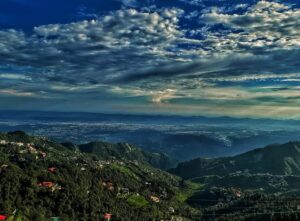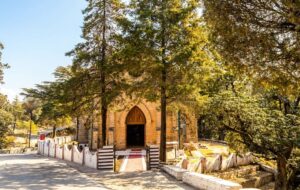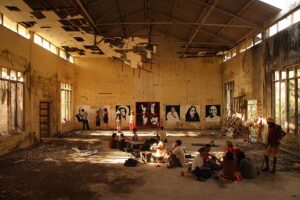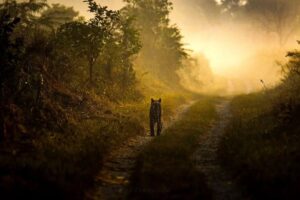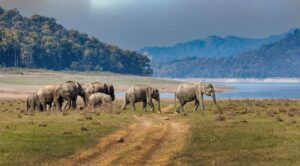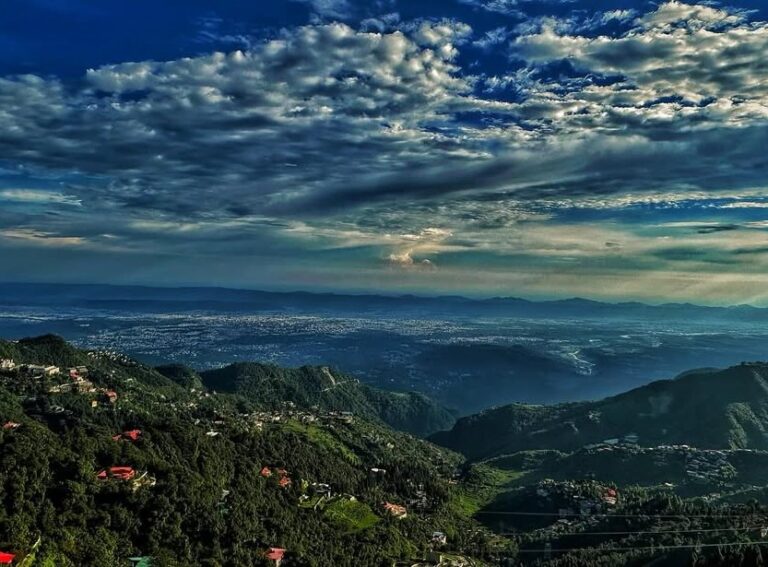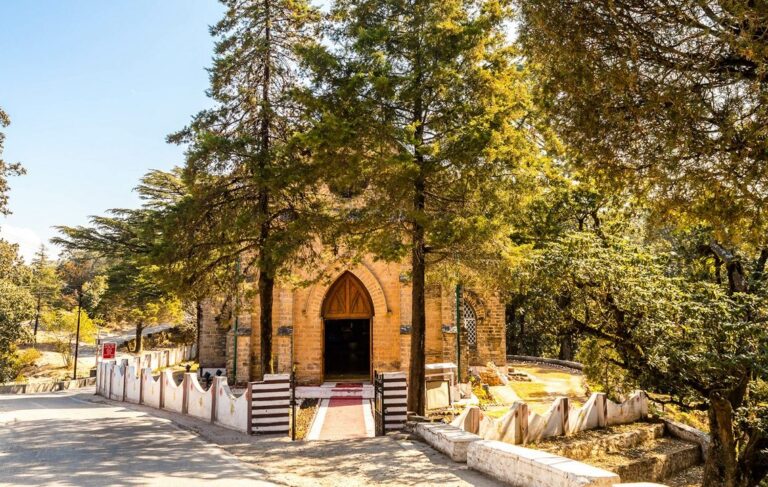Discover Bodhgaya Bihar India: Mahabodhi Temple & Buddhism
Bodhgaya Bihar India holds a pivotal place in Buddhism because it is believed to be the site where Gautama Buddha attained Enlightenment. According to religious texts, it was under a sacred fig tree in Bodh Gaya that Buddha reached Enlightenment, transforming this location into one of the most revered sites for Buddhists. This tree later became known as the Bodhi Tree, and it remains an integral part of the Buddhist pilgrimage tradition, attracting visitors and devotees from around the world.
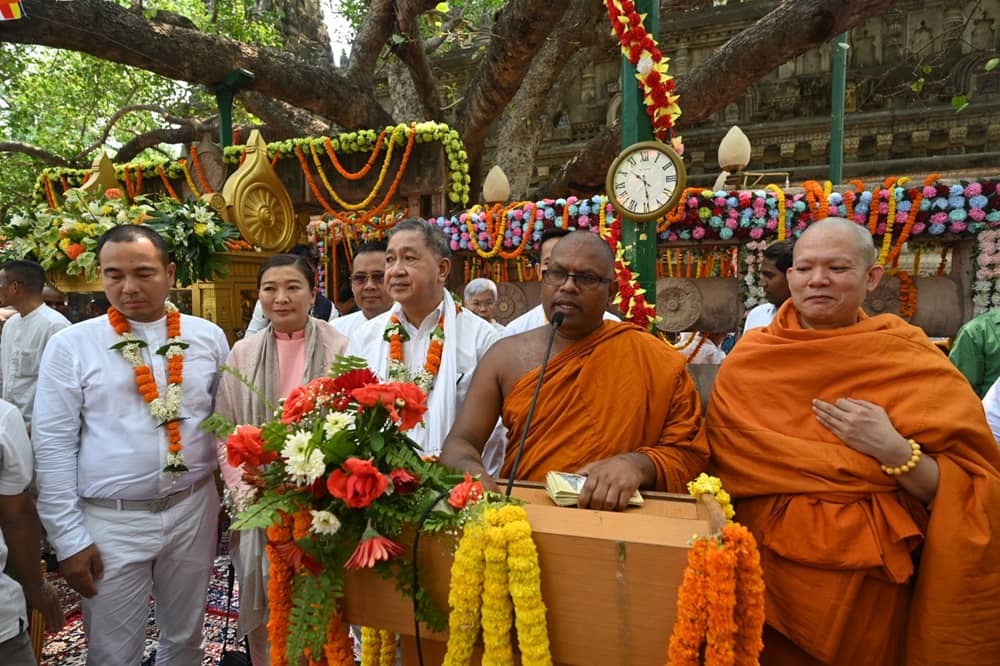
Bodh Gaya Location in India
It is located in the Gaya district of Bihar, Bodhgaya Bihar India is one of the most spiritually significant places in India. It holds deep reverence as a pilgrimage site for both Buddhists and Hindus. For Buddhists, it is the place where Gautama Buddha attained Enlightenment, while for Hindus, nearby Gaya holds sacred importance. The serene atmosphere of Bodh Gaya offers a unique sense of peace and tranquility, attracting pilgrims and spiritual seekers from around the world
The Mahabodhi Temple Complex in Bodhgaya Bihar India is the main temple and a major attraction for pilgrims and tourists alike. Known as the “Great Awakening Temple,” it became a UNESCO World Heritage Site in 2002. The temple complex is also home to the revered Bodhi Tree, under which Gautama Buddha is believed to have attained Enlightenment.
There are several legends surrounding the Bodhi Tree, with one prominent belief stating that the spot where the tree stands is the “Earth’s naval,” the only place capable of bearing the weight of Buddha’s Enlightenment.
Suggested Read: Varanasi Ganges River: Ghats, Temples, History, Life & Death
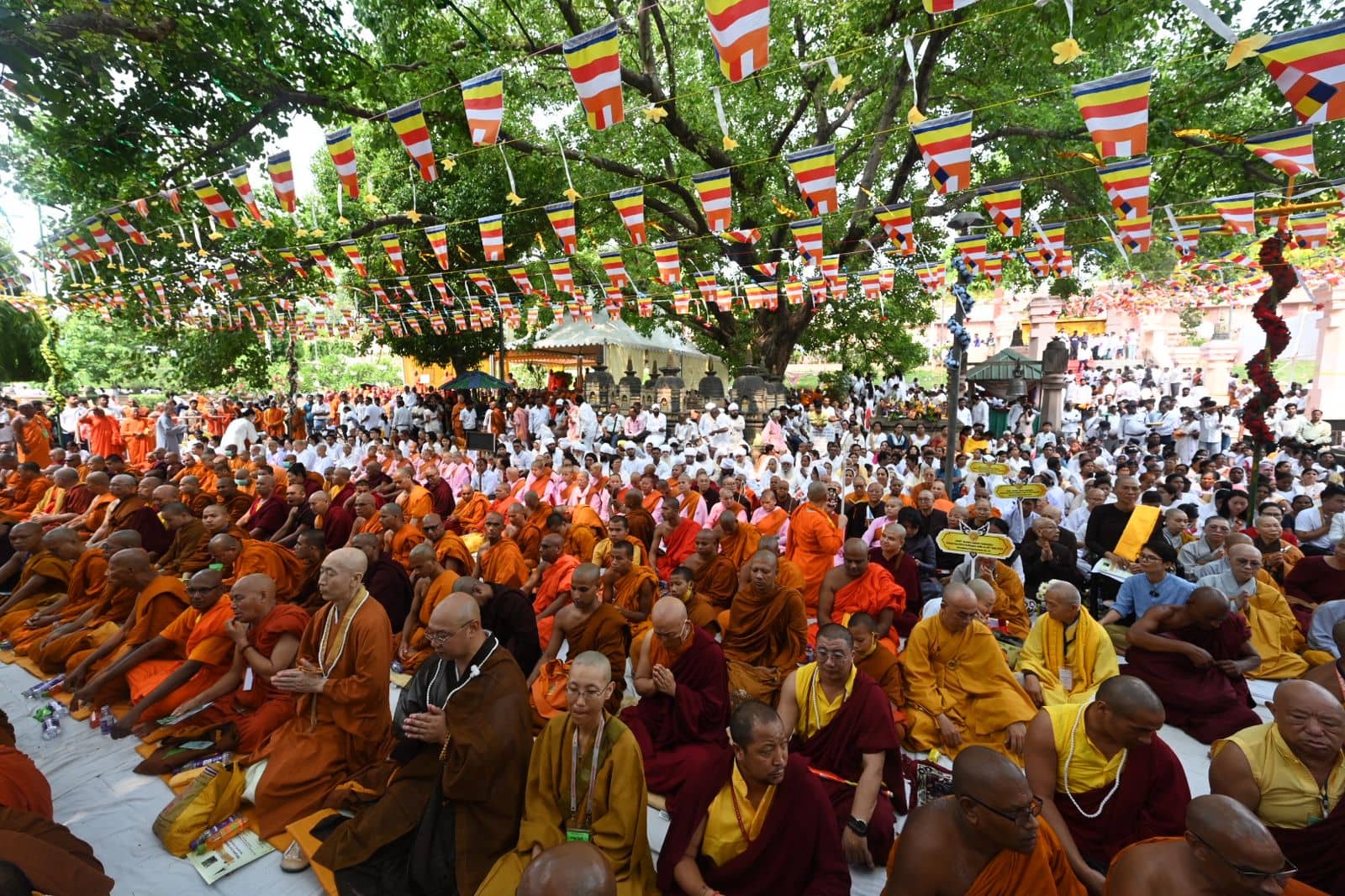
In around 288 BC, Sanghamitta, the daughter of Emperor Ashoka, took a sapling of the Bodhi Tree to Anuradhapura, Sri Lanka, where it still grows today. The Bodhi Tree in Bodh Gaya is ancient, having stood for centuries, and is said to have sprouted on the day Buddha was born, according to religious texts.
Adjacent to the Mahabodhi Temple, there’s a museum showcasing ancient sculptures that were once part of the original temple. Although the site has undergone numerous renovations, the remaining ancient structures offer a glimpse into the historical and spiritual significance that Bodhgaya Bihar India has held over the centuries.
The present-day Bodhgaya Bihar India has had various names throughout history, including Uruvela, Sambodhi (Complete Enlightenment), Vajrasana, and Mahabodhi. The name Bodh Gaya only came into use around the 18th century. Even the Mahabodhi Temple was once called Bodhimanda-Vihara.
If you’re planning a visit to Bodhgaya Bihar India, now is an excellent time to go. The weather tends to be hot before October, so cooler months are ideal for visiting. One of the must-see attractions in Bodh Gaya is the impressive 80-Foot Buddha Statue, officially called the Great Buddha Statue, though it’s commonly referred to by its local name due to its towering height.

Places to see in Bodhgaya Bihar India
Vishnupad Temple
Located in Gaya, Bihar, the Vishnupad Temple is a revered Hindu shrine, particularly known for its role in the sacred pind-daan ceremony. This temple, dedicated to Lord Vishnu, is a significant pilgrimage site and attracts worshippers from across the country. Legend has it that Mata Sita, Lord Ram, and Lakshman visited this temple, tracing its origins back to the Treta Yug period. The current structure, however, was constructed in 1878 by Devi Ahilya Bai Holkar, the Maratha ruler of Indore. Situated on the banks of the Falgu River, Vishnupad Temple is central to Gaya’s spiritual and historical landscape.
The Great Buddha Statue
Bodh Gaya and Gaya are home to one of their most notable attractions, the Great Buddha Statue. This impressive 64-foot statue, depicting Buddha in a deep meditative state, is a major draw for tourists worldwide. Not just a statue, it symbolizes Gaya’s tourism appeal, with visitors frequently taking group photos and selfies.
The statue received blessings from the 14th Dalai Lama on November 18, 1989. Crafted by renowned sculptor Vaidyanatha Ganapati Sthapati from Tamil Nadu, it is surrounded by statues of Buddha’s ten principal disciples. The lush greenery around the statue enhances the serene experience for visitors.
Dukh Harni Mandir
The Dukh Harni Mandir, located on NH-83 between Gaya and Patna, is a central hub of Hindu devotion in Gaya. This temple, dedicated to Goddess Durga, stands out for its unique location adjacent to the Jama Masjid of Gaya, symbolizing harmony between the city’s Hindu and Muslim communities. It is one of Gaya’s most popular temples, especially revered during the vibrant Durga Puja celebrations, drawing numerous devotees daily.
Pretshila Temple
Perched in the scenic Pretshila Hills, also known as the Ghost Hills, the Pretshila Mandir is an ancient and spiritually significant temple. Located near the peaceful village of Niyazipur, this temple is a key site for pind-daan and the Pitru-paksha Mela, celebrated with devotion in the Ashwin month of the Hindu calendar.
The temple is dedicated to Lord Yama, the deity associated with death in Hindu mythology. Originally commissioned by the Maratha queen Rani Ahilyabai Holkar, the Pretshila Mandir is noted for its architectural beauty and historical importance, offering a glimpse into Bihar’s rich religious heritage.
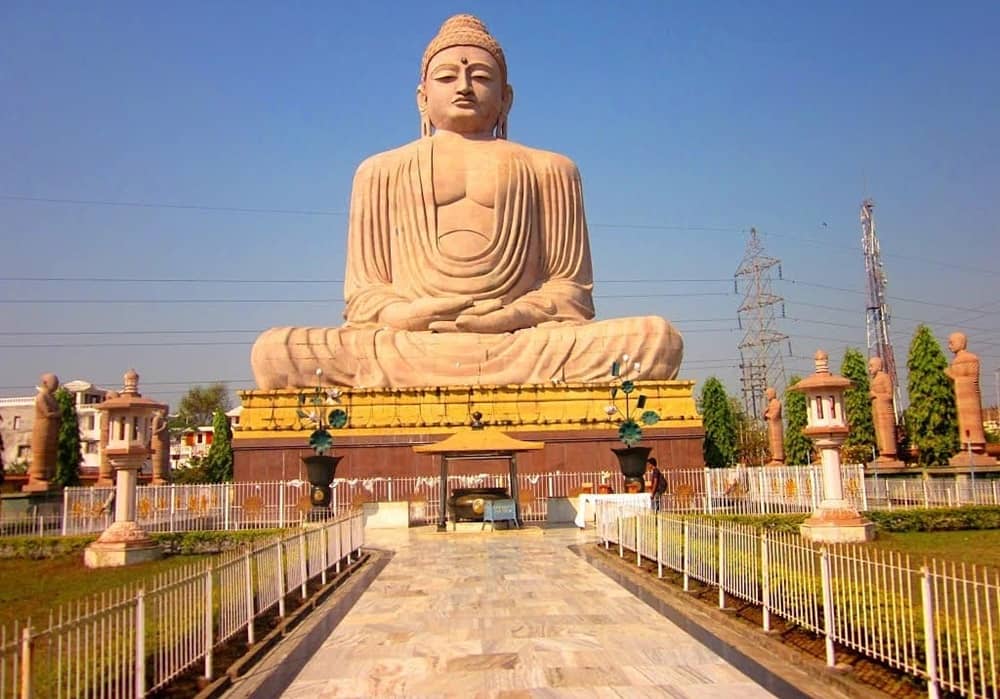
Dungeshwari Cave Temple
The Dungeshwari Cave Temple in Bihar adds to the region’s historical and spiritual allure. According to legend, before attaining enlightenment in Bodh Gaya, Gautam Buddha meditated in these caves for approximately six years.
Today, the Dungeshwari Cave Temple stands as a poignant site reflecting Buddha’s spiritual journey. Visitors come to explore this sacred space, engaging with the profound legacy of the Buddha and experiencing a deeply immersive spiritual journey.
How to reach Bodhgaya Bihar India
To reach Bodhgaya Bihar India, you have several options:
- By Train: The nearest railhead is Gaya Junction, about 13 kilometers from Bodh Gaya. From Gaya Junction, you can easily hire a local taxi or auto-rickshaw to reach the main temple complex.
- By Air: The nearest airport is Gaya Airport, located approximately 17 kilometers from Bodh Gaya. From the airport, you can take a taxi to reach the town.
FAQ
- When is the best time to visit Bodhgaya Bihar India?
- October to February is the best time to visit Bodhgaya Bihar India.
- Is Bodhgaya Bihar India a UNESCO World Heritage Site?
- Not entirely. The Mahabodhi Temple at Bodh Gaya is a UNESCO World Heritage Site.
- Bihar is in which state of India
- It is in Bihar state of India


